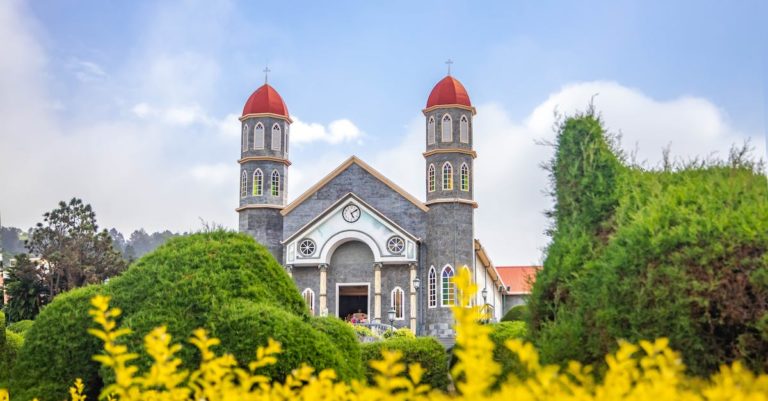A garden is basically a planned area, typically outside, designed as an ideal place for cultivation, display, or simply enjoyment of plants and various forms of nature, as a perfect setting for solitary or social life. No matter where you live in the world, a garden can be found there, although you will not always know what kind of plants you are growing there. The single defining feature defining even the wildest garden is enclosure. With the right kind of planning, any gardener, independent or not, can establish a beautiful garden of their very own. So, whether you want a modest flower garden for your patio or an elaborate ecosystem based on a specific theme, you can have it.
Gardening is a very broad field, covering a number of practices and ideas about growing plants, growing flowers, fruit or vegetables, and maintaining gardens. There are some schools of gardening, like horticulture, whereas others are based on sustainable agriculture, conservation, reclamation, gardening for food, landscapes, and others. Sustainable agriculture is essentially the practice of farming in a manner that allows for environmental preservation as well as productivity, and these practices have become increasingly popular as organic gardening gains popularity and becomes more accessible to a broader range of people.
One such important aspect of sustainable gardening is the concept of an English landscape garden. An English landscape garden was a type of plan designed to improve the visual appeal of a particular piece of land and, more importantly, to make it more functional. The basic purpose of an English landscape garden was to add beauty and usefulness to a piece of land by improving the surrounding landscape. A landscape garden was usually located within a boundary walled garden, with walls of stones or landscaping to protect plants from damage.
In addition to the functionality, an English garden also attempted to create an aesthetic oasis, an atmosphere that was intended to be self-sufficient and away from the distractions of the surrounding world. The gardener of the day would often plant herbs and flowers to promote healing and encourage meditation. Aesthetics were also important because most gardens included plants that were poisonous to humans (such as garlic and onions) or those that were toxic to other animals (such as poison ivy and some forms of insecticide). Therefore, the garden plot was designed so that harmful or potentially harmful plants and animals would be contained within the boundaries of the garden plot.
The idea of gardening has changed over time. In the early days of farming, when people first began to raise animals, growing plants for animal production was quite natural. Livestock production increased with the availability of better meat products; planting crops for human consumption was more of a supplement to this rather than a necessity. However, over time we started to need more food, and farming became an industry that required large quantities of land with little return. It is from this basis that we see today’s interest in organic farming techniques and practices.
Organic gardening is a form of agro-ecology: a form of gardening that seeks to enhance the ecological relationship between humans and their environment by ensuring that humans and their environments co-exist harmoniously. For gardeners and farmers who understand the value of sustainable agriculture, there is little reason why organic gardening cannot thrive on our modern farms and landscapes. Indeed, it has been stated that many of the world’s major agricultural challenges can be solved through organic gardening methods. Not only does organic gardening reduce the strain on the environment, it also makes farming and razing necessary for a healthy food supply.







